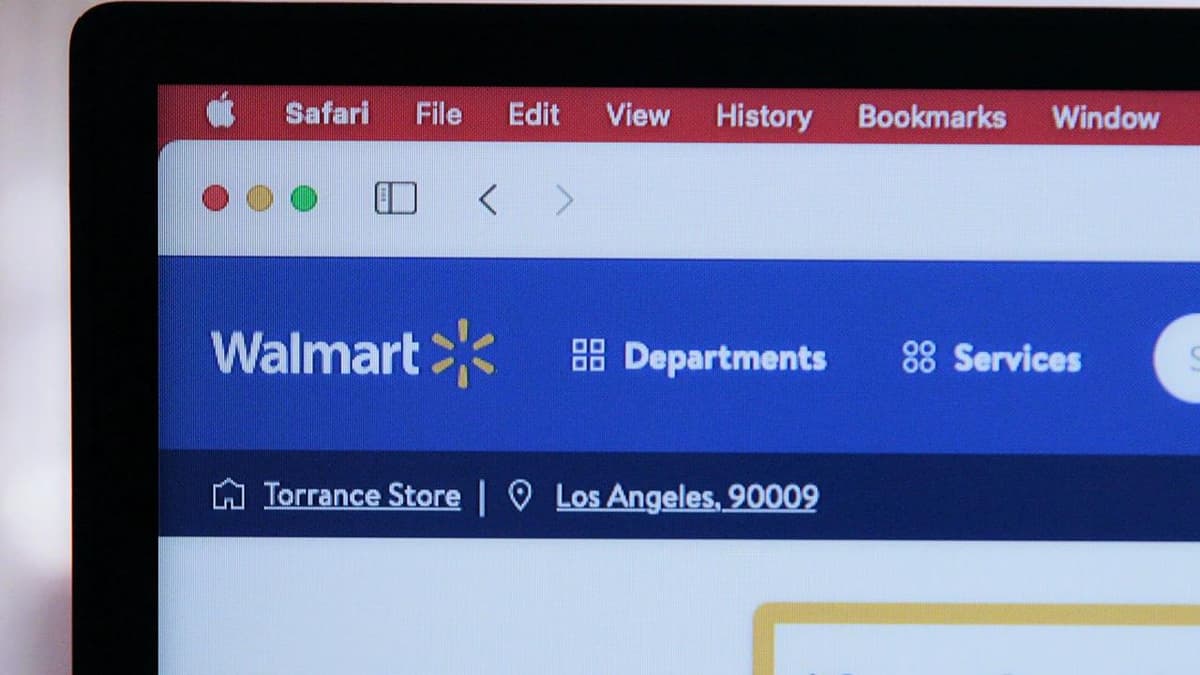How to Implement Two-Way Data Binding in JavaScript
Two-way data binding is a key concept in JavaScript development. It allows for synchronization of data between the model and the view, improving the user experience and data flow in web applications.
The Basics of Two-Way Data Binding
Two-way data binding ensures that changes in the model are instantly reflected in the view, and vice versa. This automatic synchronization eliminates the need for manual updates. For example, when a user types in an input field, the corresponding model variable updates automatically. If the model variable changes, the input field updates without further effort.
Traditional Approaches vs. Two-Way Data Binding
What are the differences between traditional data binding and two-way data binding?
In traditional one-way data binding, changes in the model update the view, but not the other way around. This can lead to inconsistencies, requiring additional code to synchronize them.
Two-way data binding connects the model and the view directly. Changes in one automatically propagate to the other, reducing bugs and making the codebase more efficient and maintainable.
Implementing Two-Way Data Binding in JavaScript
There are various ways to implement two-way data binding in JavaScript, including using frameworks like AngularJS and Vue.js, or using a custom approach. This article focuses on achieving two-way data binding using vanilla JavaScript.
Step 1: Setting Up the HTML Structure
Start with a basic HTML structure for our example. It includes an input field for user input and a paragraph element to display the input text in real-time.
Html
Step 2: Implementing the JavaScript Code
Next, write the JavaScript code to establish two-way data binding between the input field and the paragraph element. We will use event listeners to detect changes.
Javascript
In this code, event listeners are added to detect changes in the input field and the paragraph element. As the user types in the input field, the paragraph updates in real-time. If the paragraph's content changes, the input field reflects this change.
Step 3: Testing the Two-Way Data Binding
To test the implementation, open the HTML file in a web browser. Enter text in the input field and observe that the paragraph updates automatically as you type. Modify the paragraph's text, and the input field value will synchronize accordingly.
In this article, we explored the concept of two-way data binding and demonstrated its implementation in JavaScript without external libraries. By enabling a bidirectional data flow, two-way data binding simplifies development and enhances user experience.
Implementing two-way data binding in JavaScript applications creates more responsive and interactive interfaces. Follow the steps outlined and experiment with various scenarios to improve your web development skills.












